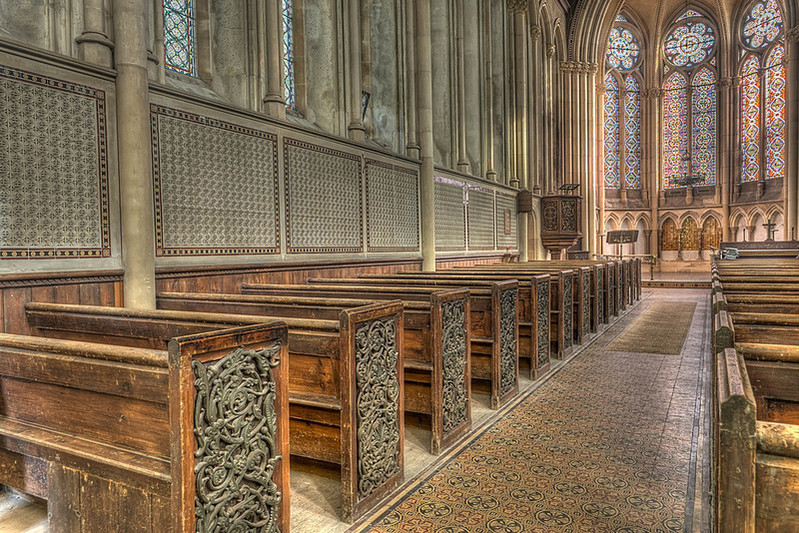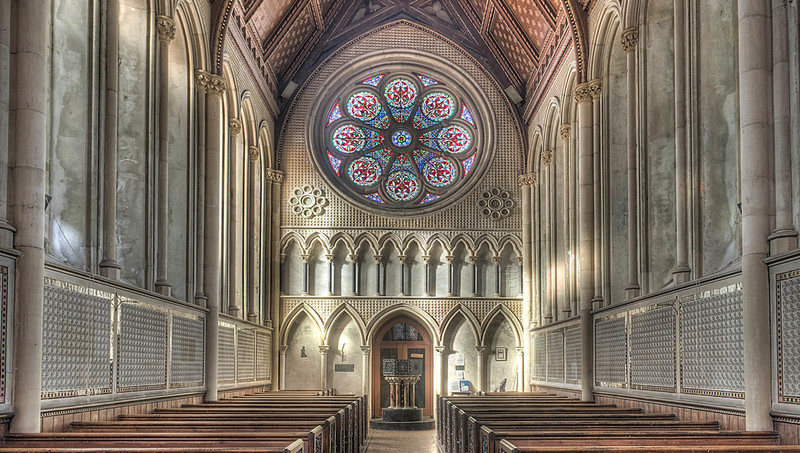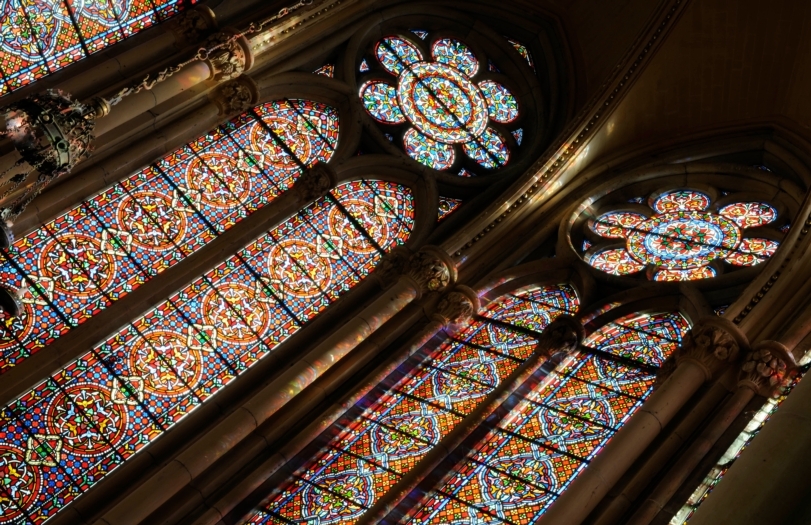#HistoricChurchOfTheWeek - St Mary's Church, Itchen Stoke
Over the coming weeks, we'll be highlighting our historic churches and sharing some fascinating facts about them with you. So to kick off our first #HistoricChurchOfTheWeek we are heading to St Mary's Church at Itchen Stoke in Hampshire.
Built in 1866 by the wealthy Rector, the Rev. Charles Rankin Conybeare, to the design of his brother, Henry Conybeare, it was consecrated the following year. It is said that the church was inspired by the chapel of French kings, Sainte Chapelle in Paris and the exterior certainly shows many details eluding to C13th French Gothic architecture as a source of inspiration.

Sitting in a rural landscape this miniature French Cathedral may seem out of place, but the attention to detail given to its design and proportions makes this church an exceptional example of a well designed, and unusual church of this period.
Interestingly this church was built by the Rector because he felt that the other church, built only 35 years previously, was ‘so ill built that it was hopelessly damp and cold and no longer suitable for public worship’. The Rector made sure that he had a church suitable for the proper presentation of the Sacrament in accordance with the tenets of the Oxford Movement, for that is clearly the purpose of this church and can be seen in its architectural setting.

On entering St Mary's you are transported into a medieval French gothic dream. The five tall stained glass windows in the apse flood the nave with red and blue coloured light. Immediately above the altar hangs a magnificent brass chandelier from the central vault like a great crown. The floor of the sanctuary is paved with glazed tiles of mixed deep greens and browns in the form of a great circle in which the centre stands the beautifully crafted and painted altar. Enclosing the sanctuary is a splendid set of brass rails making for a majestic setting for the altar.

Above the doorway, on the west wall, there is this glorious rose window which is a real feature of this church and noticeable to all passers-by travelling eastwards. This window divided into a central ring and eight surrounding lights by the tracery is filled with C13th stained glass mosaics gifted by Lady Ashburton in memory of her husband, Francis, 3rd Lord Ashburton, and Patron of the Living. Lady Ashburton was Hortense Eugenie Claire, the daughter of Hughes Bernard Muret, Duke of Bassana in France. It seems likely that it was only with her Ladyship’s support and aid that, the Rev. Conybeare, was able to build his vision of a new church built in the French gothic style.


